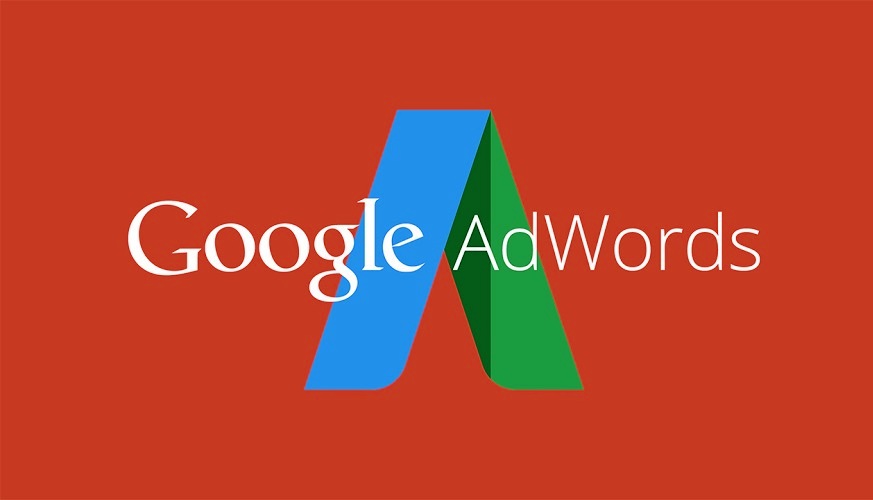Cloud hosting is one of the newer terms you may have heard being referred to by an SEO consultant when discussing how to optimise your website for better rankings. Now, this does not mean your website is stored on fluffy white clouds floating across the sky; rather, it is hosted across multiple servers in numerous locations worldwide. This differs from the hosting you are most likely familiar with, where websites are hosted at a single server location.
There are several advantages that cloud hosting provides, and most of them can have a positive influence on your SEO and, ultimately, your rankings on Google.
Here are five reasons why that is the case:
Hosting In Multiple Locations Means Your Website’s Servers Are Closer To Users
Your website is accessible worldwide, but you must also be aware that certain countries are where you are most likely to see visitors access your website. The main English-speaking countries will be the USA, UK, Australia, Canada, New Zealand, and Ireland.
With your cloud hosting company having servers in those main countries, your website gains approval from Google as one of its ranking factors is related to the proximity of a website’s hosting server to those who are searching for and accessing that website.













